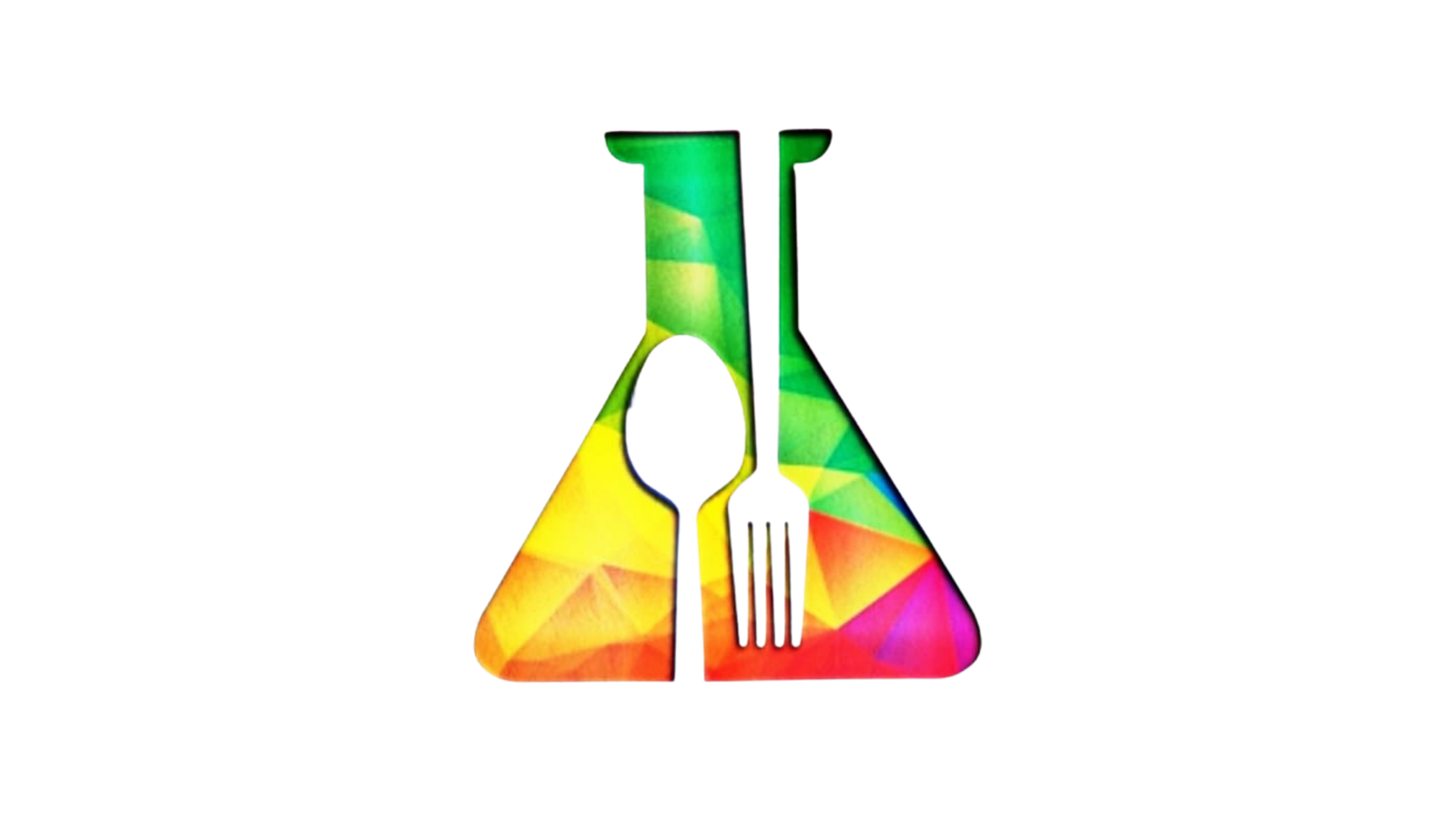Q. _________ defined as the time it takes a product to an unacceptable level
- Shelf life
- Deterioration
- Storage life
- All of the options
Answer: a)
Shelf life has a number of connotations and definitions; to the general consumer, shelf life is the time limit, given typically on the best-before label, of how long the particular food can be kept before it should be thrown away. Or put another way, shelf life represents the length of time before the food is considered to be unsuitable for human consumption. However, shelf life can equally be given as the length of time a food product can be stored and displayed whilst still maintaining an acceptable quality or specific functionality.
Shelf life therefore typically says nothing about the safety of the given food product. A product that passes its shelf life date does not immediately become dangerous for human consumption, but rather no longer conforms to a set of given quality parameters.
There are food products that can, if kept well, remain fresh for days after their shelf life date subject to no bacterial contamination – pasteurised milk, for example. But for some products, particularly where development of bacteria can take place, leaving foods beyond their shelf life date can result in the food being dangerous to eat and give rise to food poisoning.
Q. The actual length of the shelf life of any given products is depends on
- Processing method
- Packaging
- Storage conditions
- All of the options
Answer: d)
Extrinsic factors that affect shelf life are processing methods (heat treatment or high-pressure processing will reduce microbial load and extend shelf life), barrier properties of the packaging (materials with low oxygen transmission rate and low water vapour transmission rate protects the product from oxidation and moisture gain or loss, respectively), transportation and storage conditions (elevated temperatures and relative humidities can shorten shelf life), and consumer handling (temperature control is variable in a home environment).
Q. Simmering is done at temperature of _________________ C
- 110-102C
- 100-105C
- 82-99C
- 73-80C
Answer: c)
Simmering is a food preparation technique by which foods are cooked in hot liquids kept just below the boiling point of water (lower than 100 °C or 212 °F) and above poaching temperature (higher than 71–80 °C or 160-180 °F). To create a steady simmer, a liquid is brought to a boil, then its heat source is reduced to a lower, constant temperature.
Q. In HTST method of milk pasteurization milk is heated at _______
- 93.4C for 3 sec
- 78C for 15 sec
- 72C for 15 sec
- 120C for 2 sec
Answer: c)
Pasteurization is a process, named after scientist Louis Pasteur, that applies heat to destroy pathogens in foods. For the dairy industry, the terms “pasteurization,” “pasteurized” and similar terms mean the process of heating every particle of milk or milk product, in properly designed and operated equipment, to one of the temperatures given in the following chart and held continuously at or above that temperature for at least the corresponding specified time:
| Temperature | Time | Pasteurization Type |
| 63ºC (145ºF)* | 30 minutes | Vat Pasteurization |
| 72ºC (161ºF)* | 15 seconds | High temperature short time Pasteurization (HTST) |
| 89ºC (191ºF) | 1.0 second | Higher-Heat Shorter Time (HHST) |
| 90ºC (194ºF) | 0.5 seconds | Higher-Heat Shorter Time (HHST) |
| 94ºC (201ºF) | 0.1 seconds | Higher-Heat Shorter Time (HHST) |
| 96ºC (204ºF) | 0.05 seconds | Higher-Heat Shorter Time (HHST) |
| 100ºC (212ºF) | 0.01seconds | Higher-Heat Shorter Time (HHST) |
Q. In canning of acid foods processing is done their internal temperature reaches ________ C
- 82.2
- 68.5
- 92.2
- 121.1
Answer: a)
Botulinum spores are very hard to destroy at boiling-water temperatures; the higher the canner temperature, the more easily they are destroyed.
📆 July month Training Calender
✍🏻 Level 1 Training programs – 1 day training (5 training programs – Special offer 50% off)
Limited seats
🔗https://bit.ly/3bEfyIm
✍🏻 FOSTAC Training – 1 day training (3 training programs) Only 3 days left
🔗https://bit.ly/3nqFIRl


